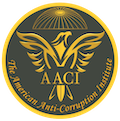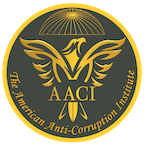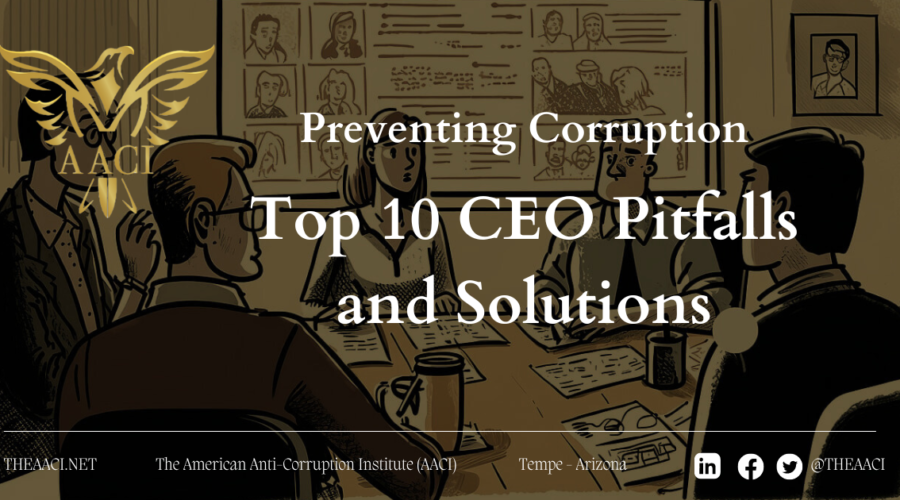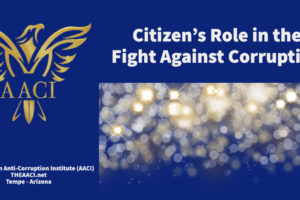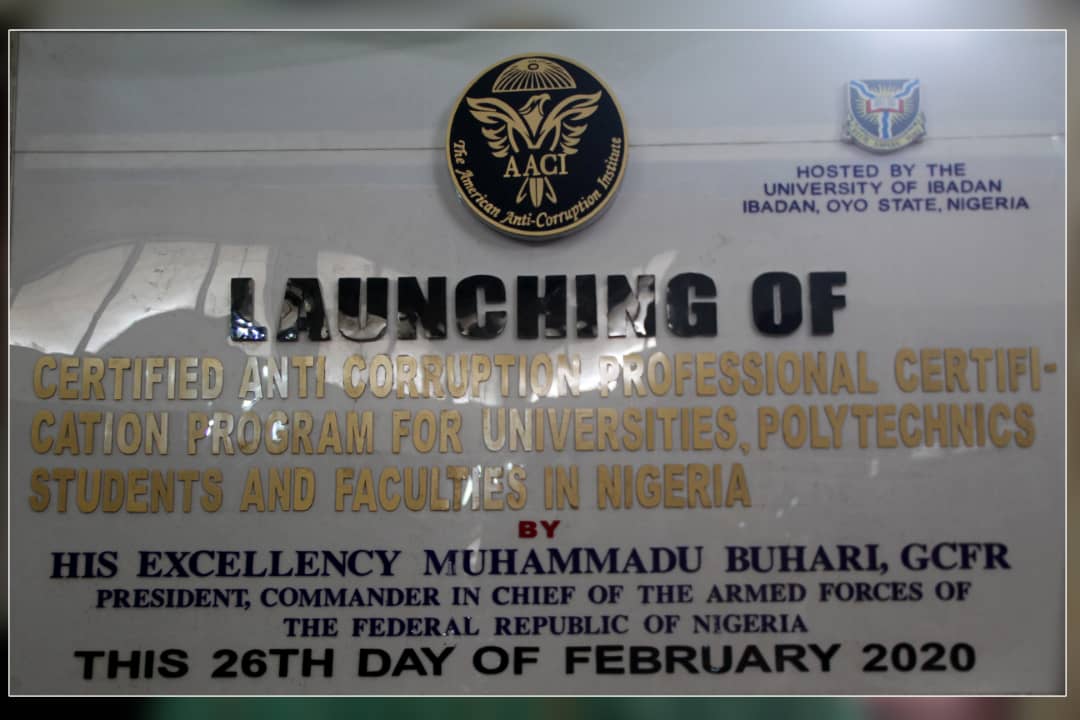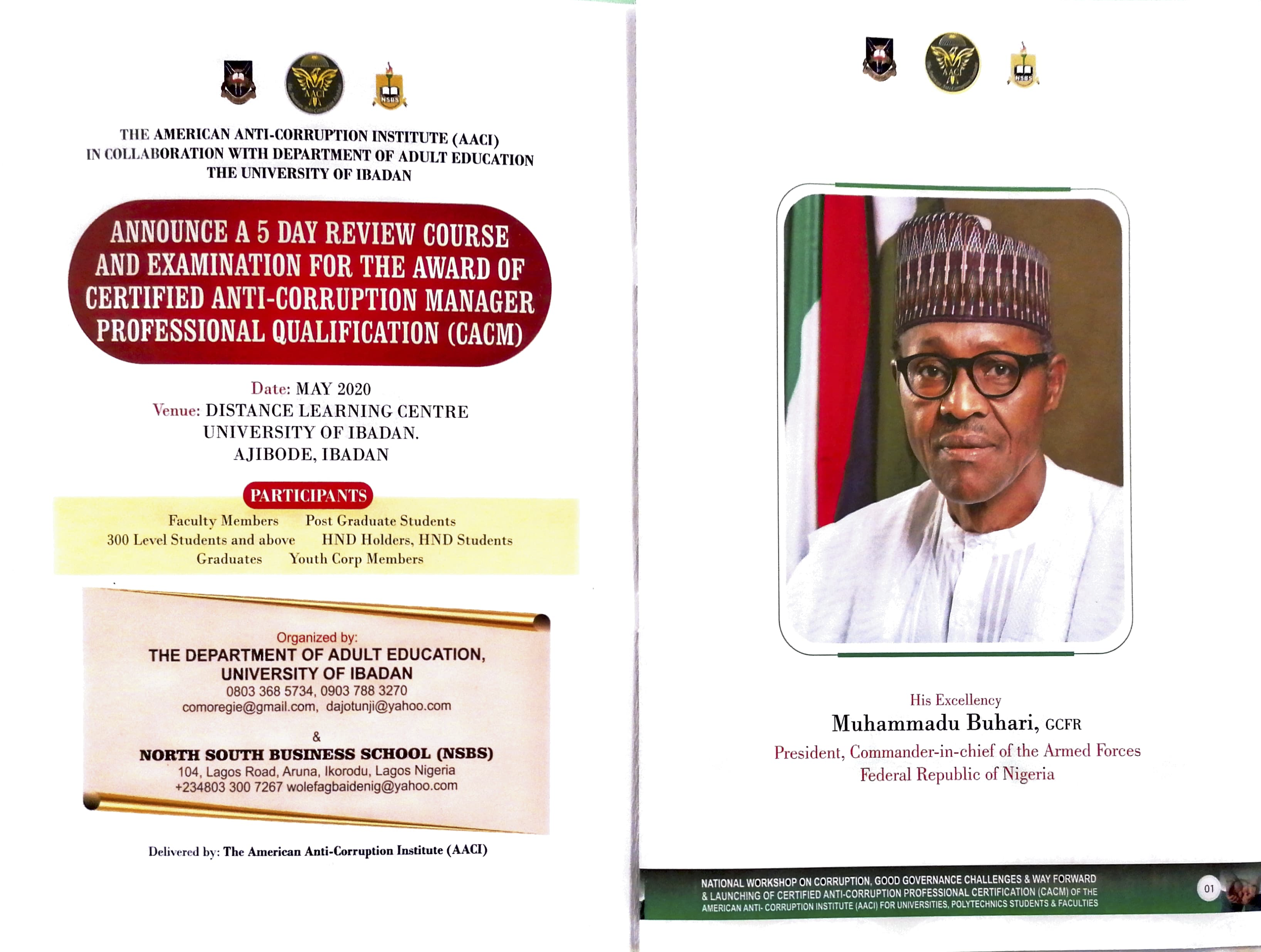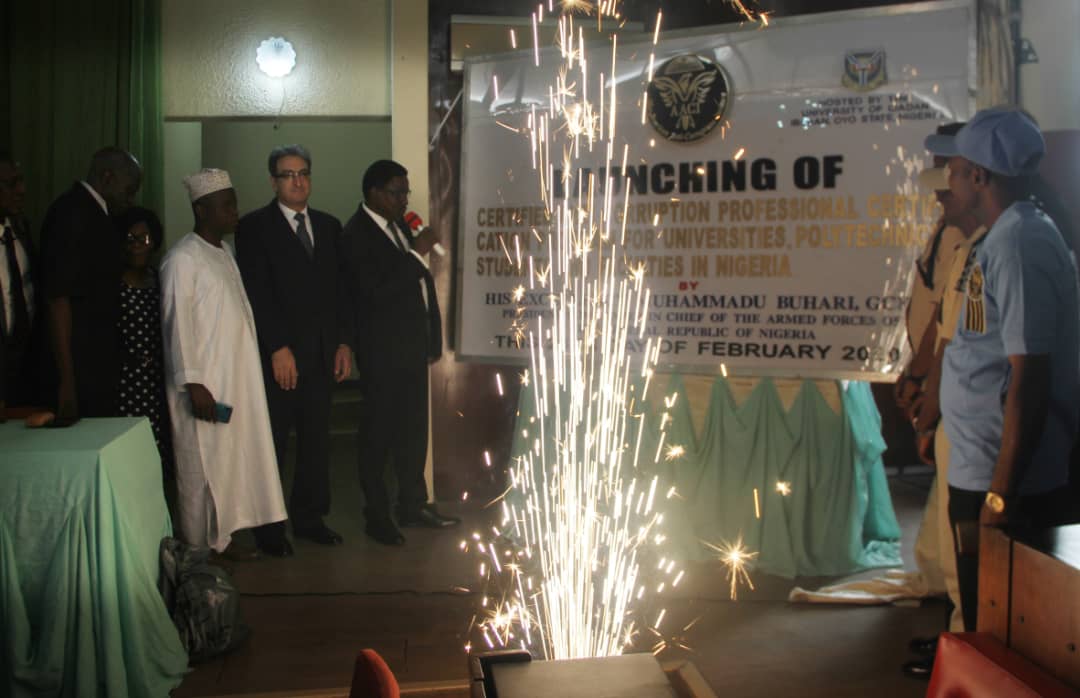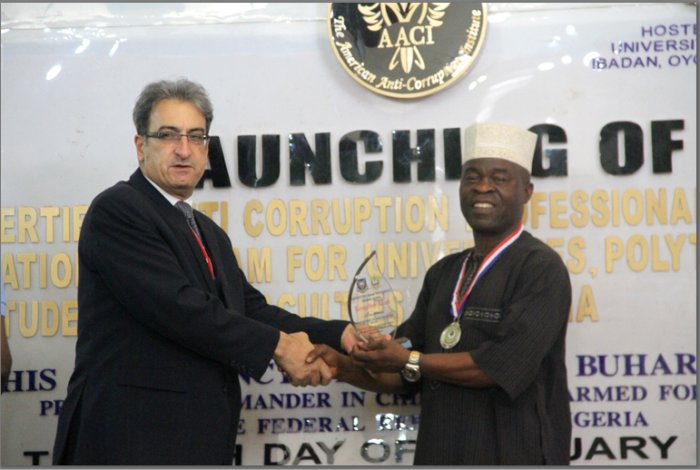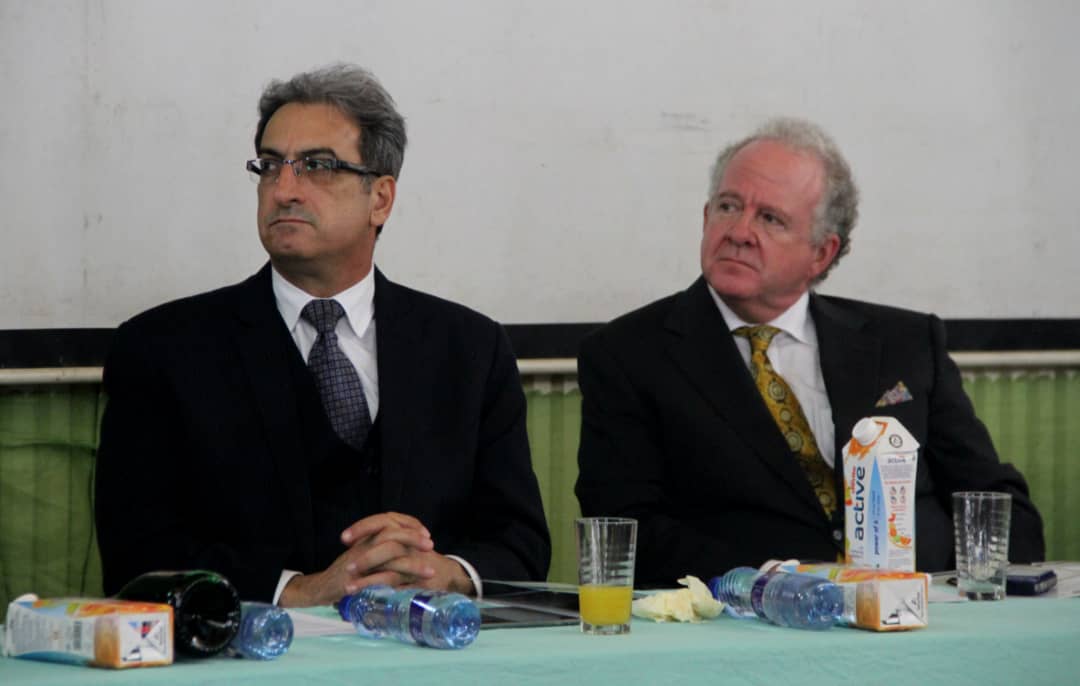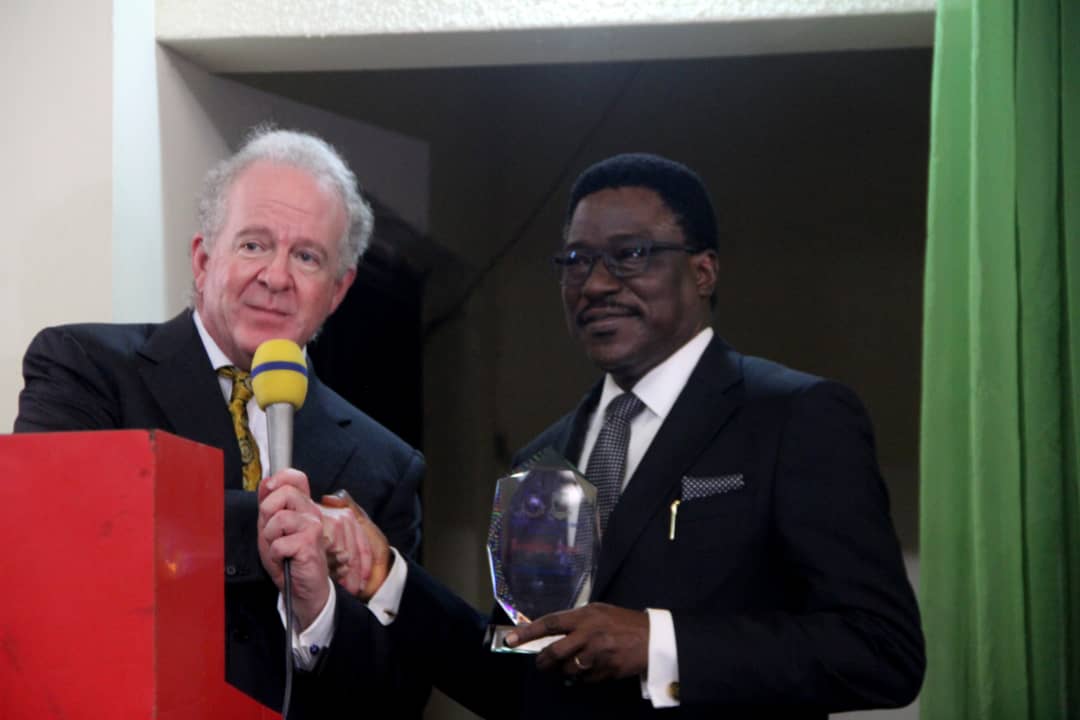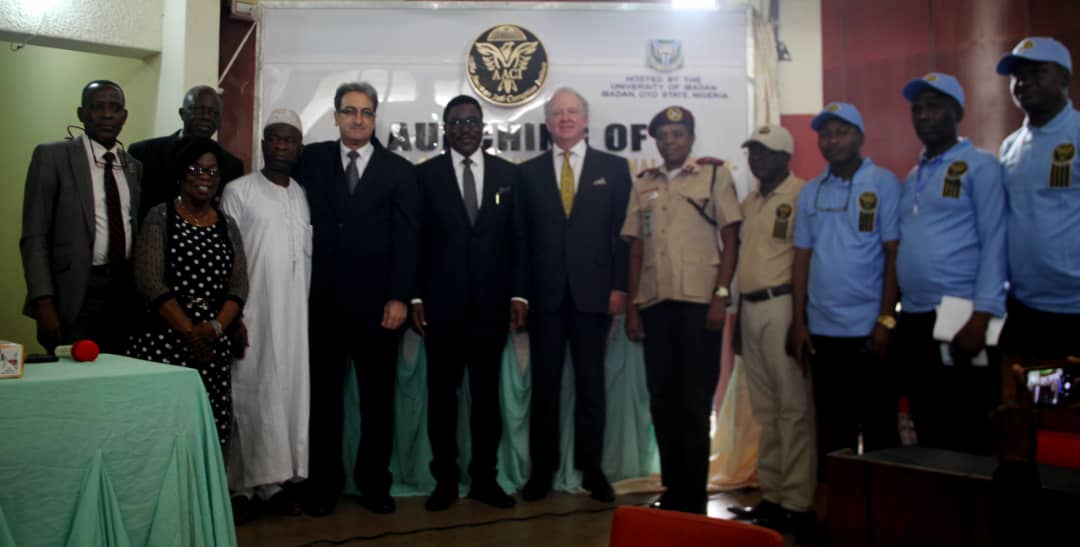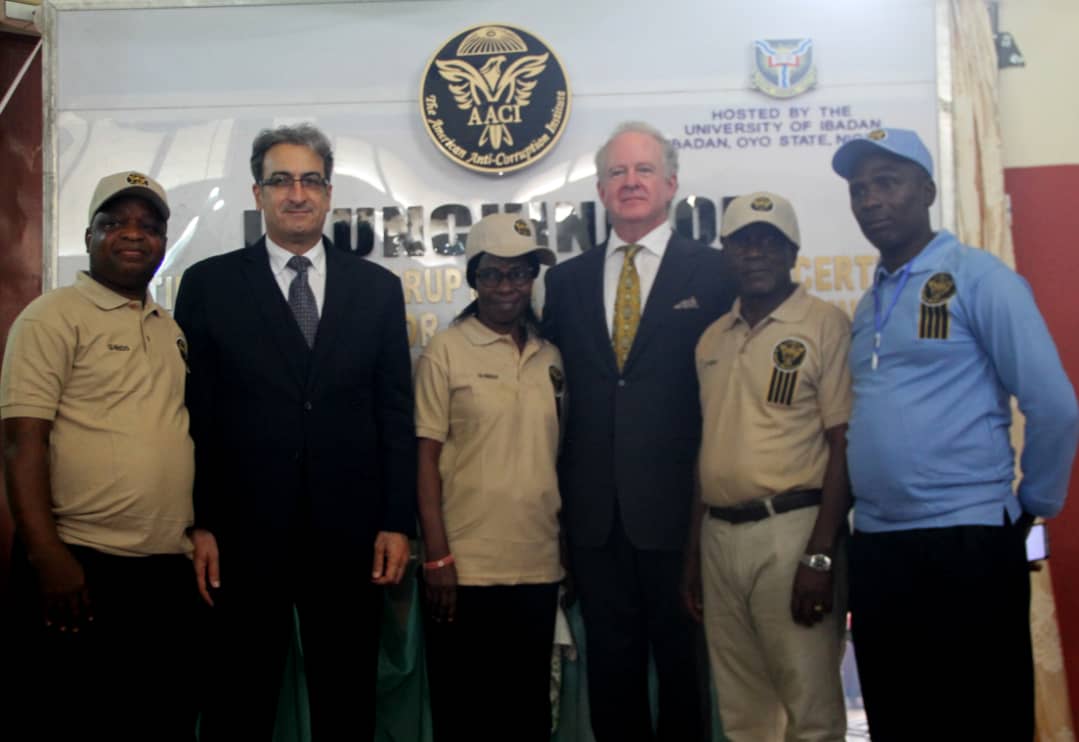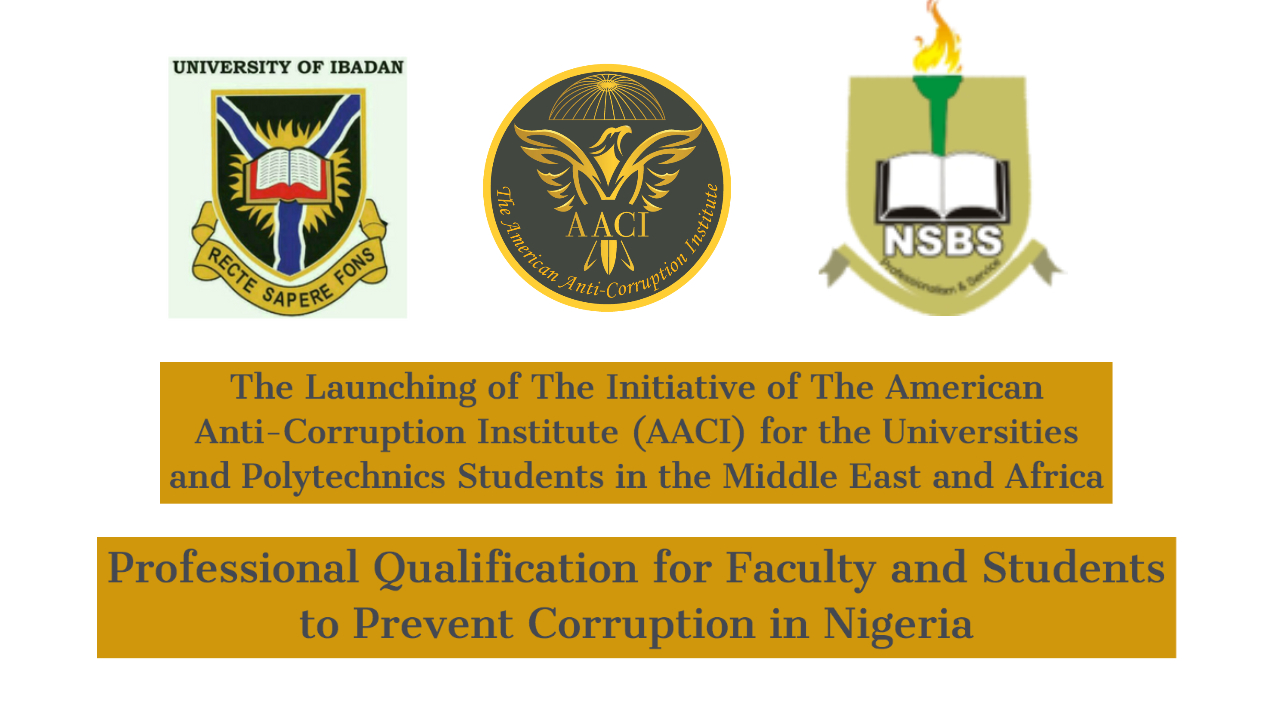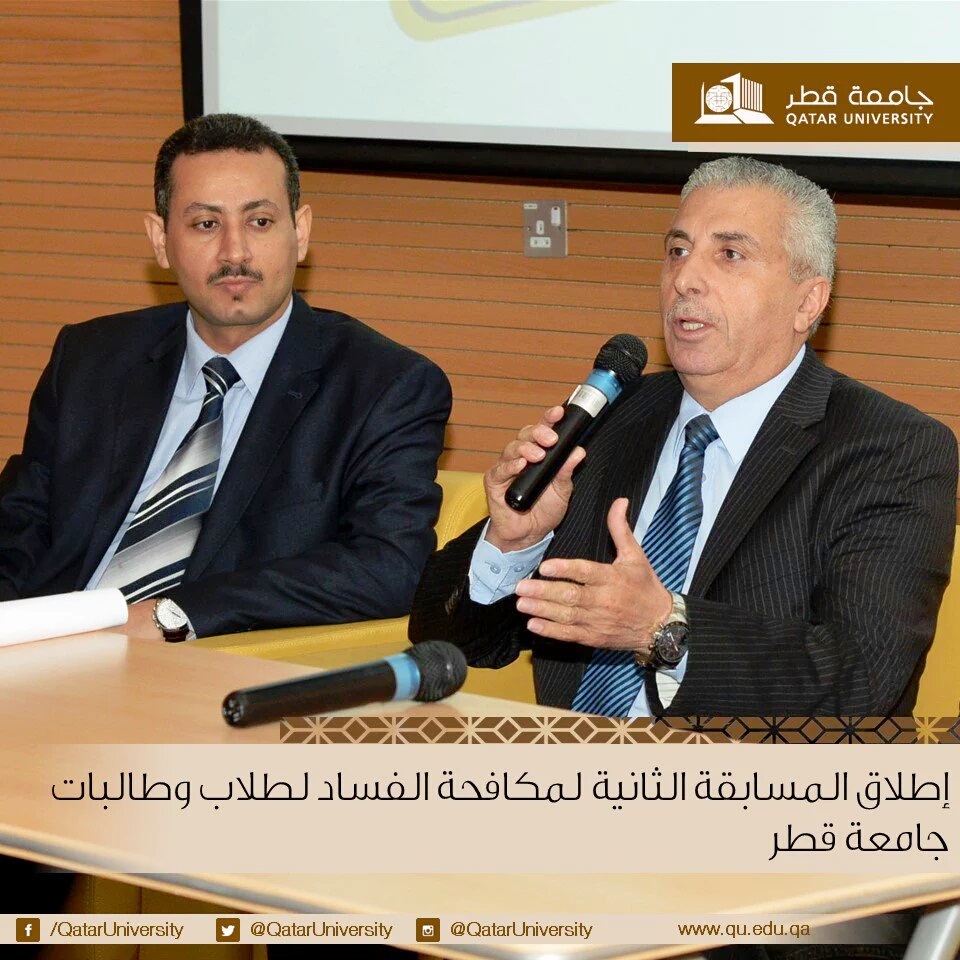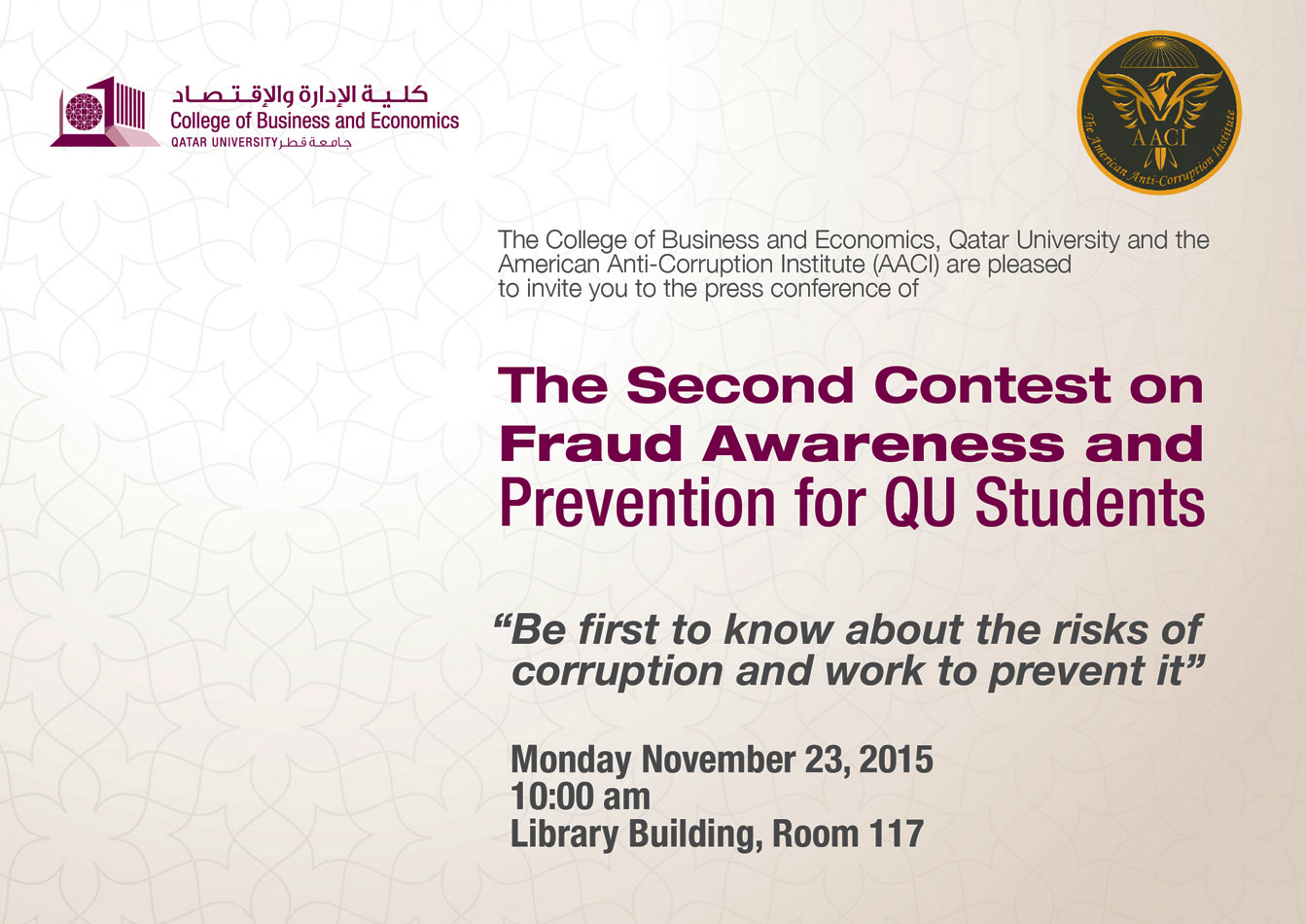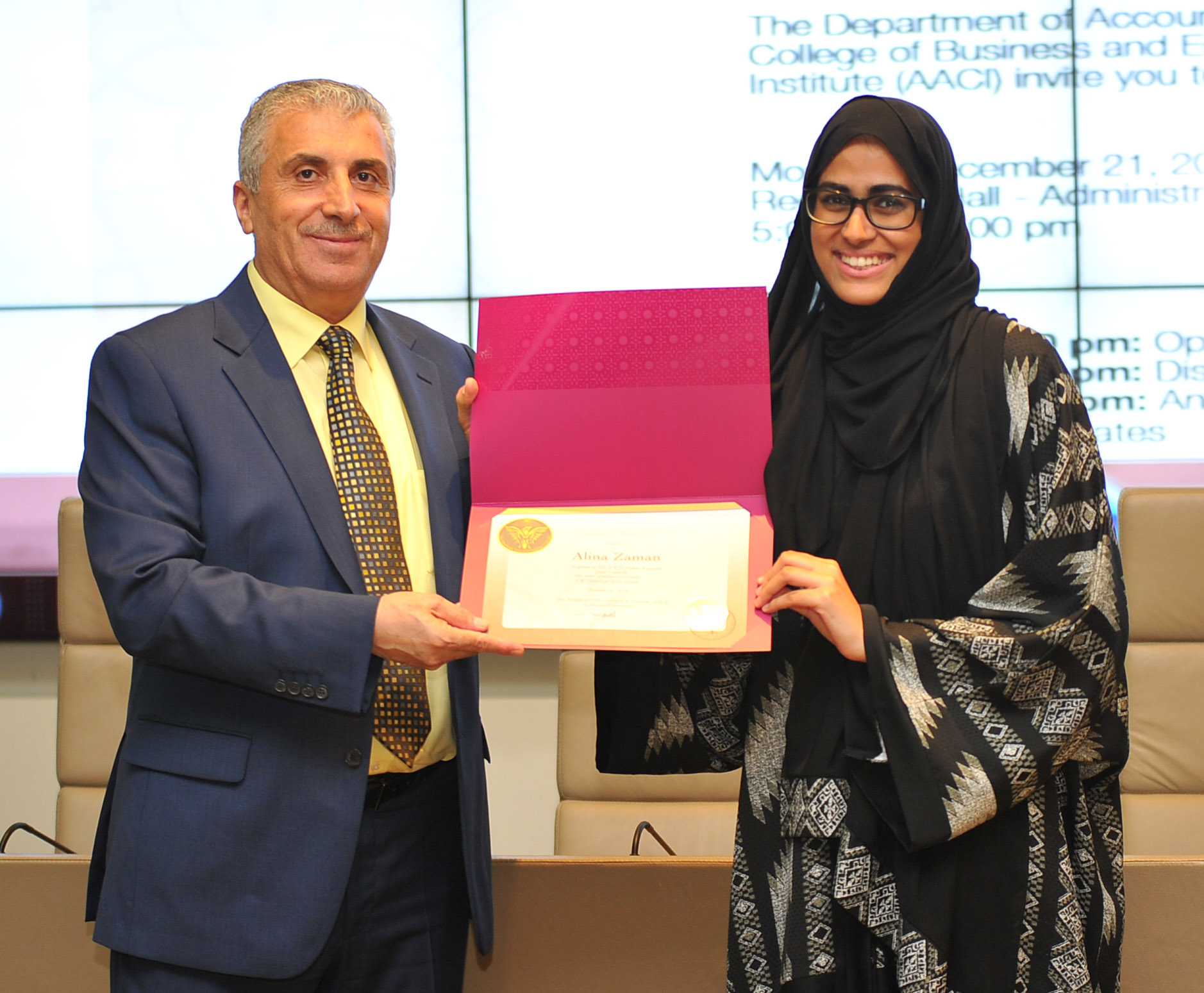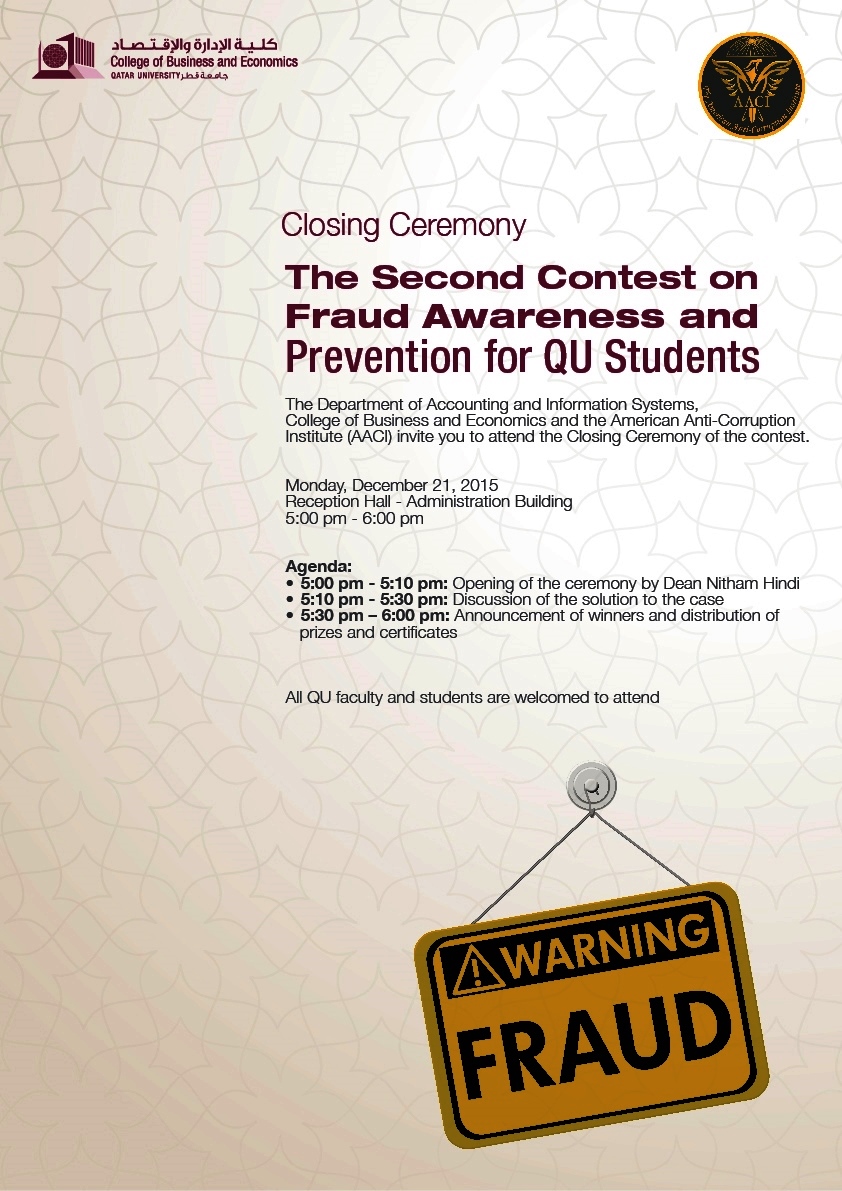Technical Staff
June 5, 2024
1. Lack of a Clear Anti-Corruption Strategy
Mistake: Not establishing a comprehensive and clear anti-corruption strategy.
Solution: Develop and implement an anti-corruption strategy accompanied by policies that outline acceptable behaviors, reporting mechanisms, and consequences for violations. The strategy and its policies should be communicated to all employees and stakeholders.
2. Inadequate Training and Awareness Programs
Mistake: Failing to provide regular training on anti-corruption practices.
Solution: Implement ongoing training programs to educate employees about the signs of corruption, reporting procedures, and the importance of ethical behavior. Tailor these programs to the specific risks and challenges of the organization.
3. Insufficient Whistleblower Protections
Mistake: Not protecting whistleblowers who report corruption.
Solution: Establish robust whistleblower protection policies that ensure anonymity and safeguard employees from retaliation. Promote a culture that encourages reporting of unethical activities without fear of retribution.
4. Weak Internal Controls and Conflict of Interest Management
Mistake: Neglecting to implement strong internal controls and overlooking potential conflicts of interest.
Solution: Design and enforce a robust system of internal controls, including regular audits and checks to detect and prevent corrupt activities. Implement a stringent conflict of interest policy requiring disclosure and management of any personal or financial interests that could influence decision-making. Regularly review and update conflict of interest declarations.
5. Poor Leadership Example
Mistake: Leaders not demonstrating ethical behavior.
Solution: Leadership must set the tone from the top by embodying the highest standards of integrity and transparency. Leaders should visibly support and adhere to the organization’s anti-corruption policies.
6. Inadequate Response to Corruption Incidents
Mistake: Failing to respond promptly and effectively to corruption allegations.
Solution: Develop a clear protocol for investigating and addressing corruption incidents. Ensure timely and thorough investigations, followed by appropriate disciplinary action. Publicize the organization’s commitment to addressing corruption.
7. Lack of Transparency
Mistake: Not promoting transparency in operations and decision-making.
Solution: Foster a culture of transparency by openly sharing information about organizational practices, decision-making processes, and financial performance. Utilize transparency as a deterrent to corrupt behavior.
8. Underinvestment in Corruption Prevention
Mistake: Management’s attitude towards anti-corruption learning programs and anti-corruption certification is not supportive; they believe it is an excessive or unnecessary expense.
Solution: Management commitment to integrity and ethical values must go beyond appearances and be demonstrated through investment in executive leadership and employee training to enhance anti-corruption knowledge and skills.
9. Denial of Corruption Risk
Mistake: Management is always defensive and does not admit that corruption is a business risk and could exist in any part of the organization.
Solution: Decision-makers should obtain a proper and better understanding of the nature of fraud and corruption and how and why they may exist in the organization. Regular corruption risk assessments are necessary to quantify such exposure and address it promptly.
10. Overlooking Third-Party Risks and Complacency in Risk Assessment
Mistake: Failing to assess and manage corruption risks posed by third parties such as suppliers and contractors, and underestimating or neglecting regular risk assessments.
Solution: Conduct thorough due diligence on all third parties and integrate anti-corruption clauses into contracts. Regularly monitor and audit third-party relationships to ensure compliance with anti-corruption standards. Conduct comprehensive and continuous risk assessments to identify and address new and evolving corruption risks. Involve a diverse group of stakeholders in the risk assessment process to gain a holistic view of potential vulnerabilities.
Conclusion
Addressing these common mistakes requires a proactive and comprehensive approach to anti-corruption. By establishing clear strategies and policies, fostering an ethical culture, implementing strong internal controls, and maintaining transparency, CEOs can significantly reduce the risks of corruption within their organizations. Vigilance and commitment to ethical practices will not only protect the organization but also contribute to a fairer and more transparent business environment.
Notes
Adopting and complying with the Ten Principles of Fighting Corruption prevents CEOs from committing innocently such mistakes in preventing fraud and corruption. Read more at https://www.theaaci.net/Principles-of-Fighting-Corruption
Image by Quang Vu Ngoc from Pixabay
